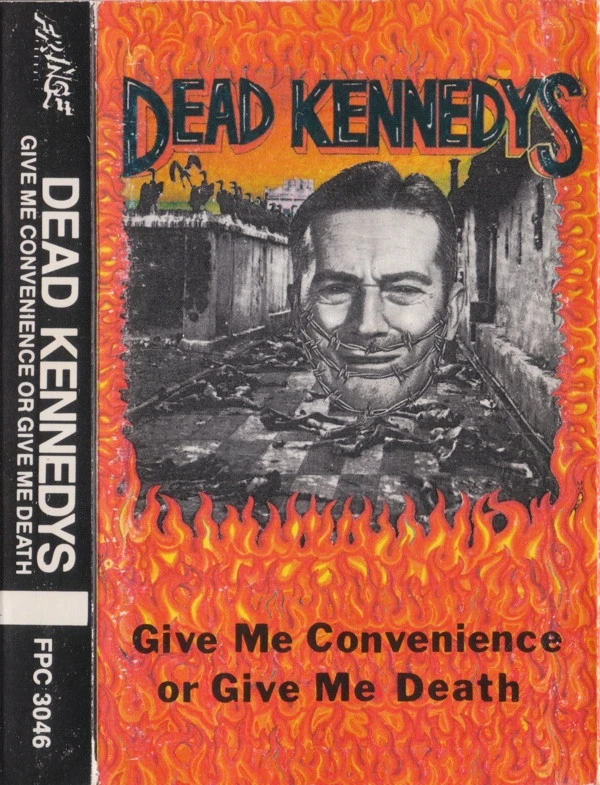

How to actually do games preservation:
Reform IP laws.
Mandate open sourcing of hardware and software architectures after some period of time. 10 years? 5 years after no more of that hardware/software is sold? Yes texhnicalities are insanely complicated but you get the idea.
Oh, how about government funding for emulator development? We fund libraries that preserve books, and movies, and other stuff.


For what its worth, CyberPunk 2077 is … an alt history that diverges from our own … at some point in the 1960s I think?
Like… the Soviet Union still exists. In 2077.
Point being: The ‘Japanese megacorps taking over much of the American economy’ fear of our own 1980s is very, very much a big part of the lore/universe.
Pondsmith published the first version of the lore in 1988 as the TTRPG ‘Cyberpunk’, originally set in 2013, and this kept getting added to and expanded with subsequent editions.
Arasaka is… well hopefully without spoiling too much, Arasaka corp is basically run by a Japanese fighter pilot ace who pretty much swore eternal vengeance on America after Japan got nuked and lost the war, and his idea of how to do this includes figuring out how to become immortal, so that he can continue to run a megacorp that ultimately usurps American sovereignty and turns the country into his neo-corpo-feudal subjects.
You can get almost all of that by playing through the Corpo intro character path and actually watching the informative slideshow thing in the elevator and on walls/screens in the … megalobby, so hopefully thats not too spoilery.
Also in Die Hard it is Nakatomi Plaza iirc, Nakatomi being the name of the fictional Japanese corp.
Anyway woo random trivia.